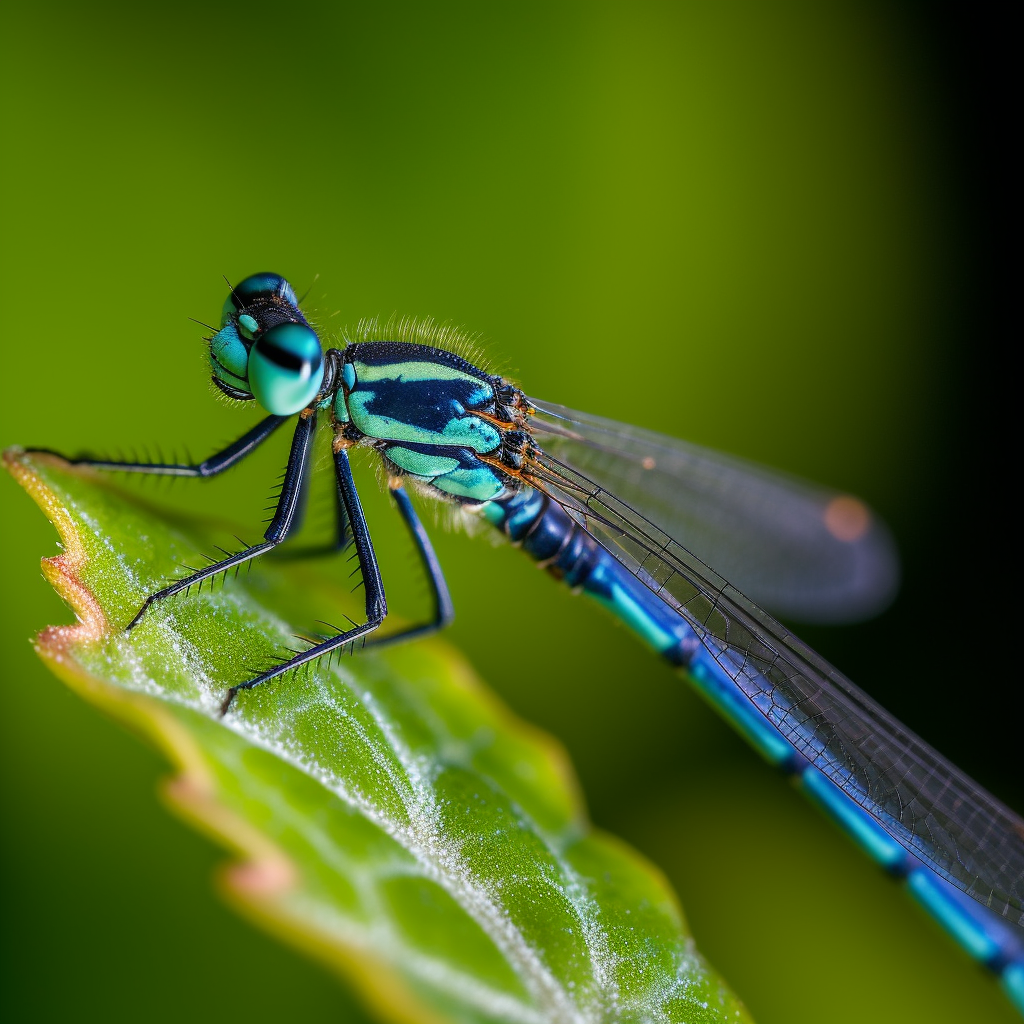October 6, 2023
Unearthing the Armageddon Reedtail – Action Against Insect Decline
Book a Demo
A groundbreaking discovery in the southern Western Ghats, Kerala has caught the attention of the scientific community worldwide. Researchers from MIT-World Peace University have unearthed a new damselfly species fondly named the ‘Armageddon reedtail’.
The Armageddon reedtail is characterized by a dark brown to black body, vibrant greenish-blue eyes, and half of its eight abdominal segments marked with pale blue. This new species predominantly thrives in primary montaine streams under a dense canopy cover in the northeastern part of Thiruvananthapuram.
Interestingly, the naming of the damselfly was intended to raise awareness about the global decline in insect populations due to habitat loss and climate change. The term ‘Armageddon Reedtail’ refers to the “Ecological Armageddon”, an expression used to describe the severe worldwide decline of insect populations, commonly referred to as the insect apocalypse. The name is more than just a moniker; it is a call to action for the global community to address the urgent issue of declining insect populations.
The discovery of this new species was officially documented in the International Journal of Odonatology. Beyond the scientific excitement that comes with such a discovery, it highlights the urgent need for climate action. The lead researcher, Dr. Pankaj Koparde, emphasizes that the naming of this species is a plea for action to save numerous endemic and endangered insects that are on the brink of extinction.
The Western Ghats, which is home to the new damselfly species, is a UNESCO World Heritage Site and one of the eight hotspots of biological diversity in the world. The discovery of the Armageddon reedtail in such a significant region further underscores the importance of preserving these areas and their unique inhabitants against environmental degradation and climate change.
The discovery of the Armageddon reedtail serves as a stark reminder of the intricate balance of our ecosystems, and the importance of concerted action in preserving them. The insect’s discovery is not just a scientific milestone, but a call to the global community to stand up for the world’s insects, many of which are on the brink of extinction.



